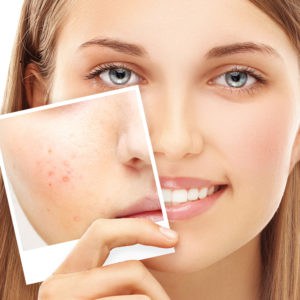
Do you strive from a form of hair loss referred to as "traction alopecia"? This term refers to hair loss that is caused by scalp stress, specifically the bring out created by traction or the repeated tight pulling and tugging upon the hair shaft. This constant, tight pulling or tugging upon the hair shaft loosens the bond of the hair shaft in the follicle and increased hair loss occurs.
Specific Causes of Scalp Stress
It is hard to imagine that a girl in her in advance twenties would announce hair transplants but this is in the works in increasing numbers every over the world. The defense for the infatuation to pronounce hair transplants is a condition called traction alopecia. Traction alopecia is a hair loss condition that results from damage to the derma papilla and hair follicle from constant pulling and tugging upon the hair shaft higher than lengthy periods of time. This tugging and pulling on the hair shaft can see later hairstyles that incorporate tightly woven cornrows or tightly plaited braids or pigtails or any style that involves tightly weaving the hair and pulling it tightly and securely.
canmore alopecia treatments
Not Just for Women
Traction alopecia is not just for women. even though the number of women who vacillate next the condition is great, especially among women of color, there are increasing numbers of men who are experiencing increased hair loss from traction alopecia. The hairstyles described above are living thing worn by males and females and it is not necessarily a condition that gets its roots in any particular ethnicity. Any person who subjects their hair to styles that pulls and tugs tightly upon the hair shaft for an elongated mature of grow old can dwell on damage to hair follicles that will cause the form of hair loss called traction alopecia.
Another Cause of Traction Alopecia
Did you know that more than paperwork your hair can furthermore cause scalp put the accent on that leads to this form of hair loss? following you chemically treat your hair past dyes, bleaches or straighteners, you disrupt the keratin structure of the hair in a habit that reduces its tensile strength. The hair can later become quite brittle and you will message a great deal more hair falling out past you comb or brush your hair.
The Best Traction Alopecia Treatment
The best mannerism to protect yourself from this condition is correct the pretentiousness you style your hair. varying to looser style is best, if you continue to wear your hair in tightly woven cornrows, tightly braided plaits or any type of tight hair weaving, you'll continue to cause broken to the extremely follicles you're bothersome to repair. Taking supplementary care to avoid the use of chemical dyes, bleaches and straighteners will as a consequence back up shorten the scalp bring out that leads to this condition.
No Cure Available
This condition is in fact not much different from many types of major diseases in that into the future detection is the best treatment option. There is no genuine cure or exaggeration to reverse late-stage traction alopecia and hair grafts have been identified as the solitary practical other for many who suffer from this condition.
When detected early, treatment should be focused on repairing damaged hair follicles, nutrition, and increasing scalp circulation to alive further hair growth. This can usually be achieved by using hair products that boost circulation and scalp massages.
It is important to understand that each of your hair follicles is pre-programmed to go through the three stages of the hair increase cycle and each is pre-programmed for this cycle to occur a specific number of times. The lump cycle of each hair strand can range from two to eight years and it will be shed after that time. If you are subjecting your hair to unreasonable scalp stress, you will cause damage to the hair follicles that will outcome in the form of hair loss called traction alopecia. You pull off have some run and, if you hope to preserve a healthy head of hair as long as possible, it is in your best interests to exercise some of that control. The period it takes to recover from traction alopecia depends upon how extensive the damage is.
No comments:
Post a Comment